The most common reason for the check fuel cap warning is that the fuel cap is missing, not tightened enough, or damaged in some way.
The check fuel cap warning. doesn’t necessarily mean the fuel cap has failed. Instead, there are several potential causes, such as an EVAP leak, fuel tank issues, or a loose or faulty fuel cap.
Check Fuel Cap Quick Info
In my experience with the CRV, these are the most common reasons you’ll get the check fuel cap light (in order).
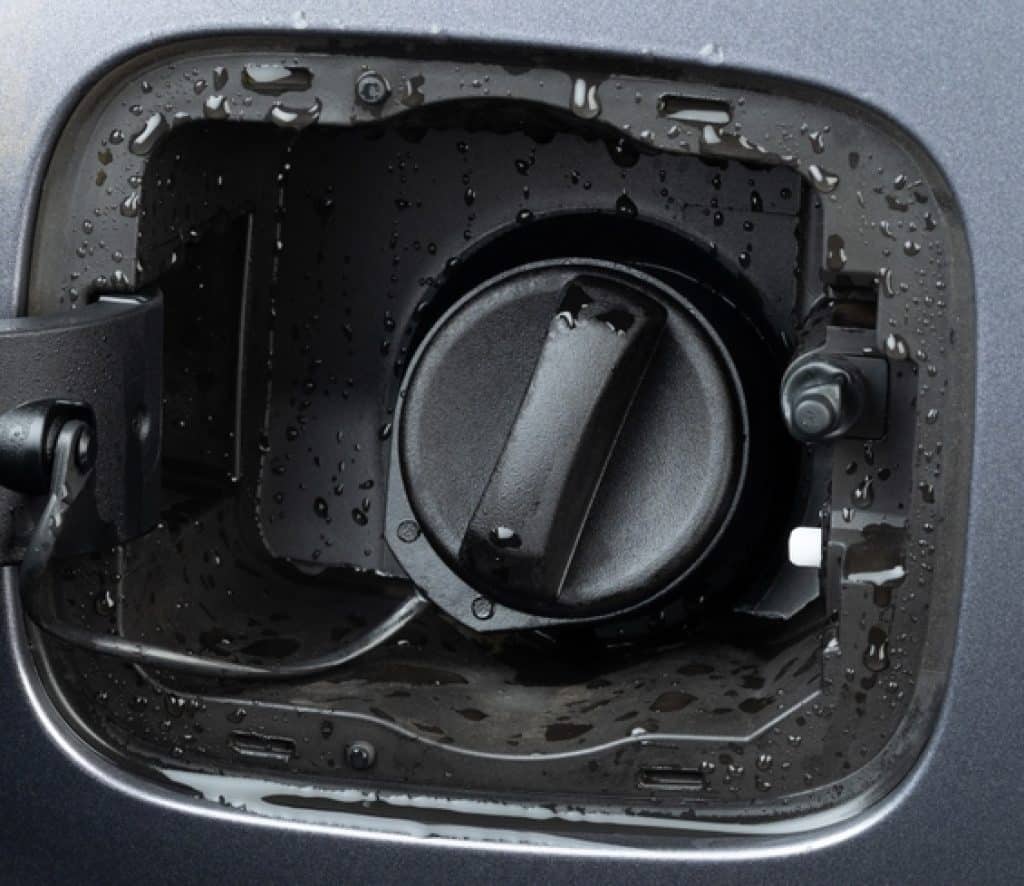
| Possible Cause | Description & Suggested Action |
|---|---|
| Loose Fuel Cap | Description: The fuel cap may not be tightened properly. What to Do: Retighten the fuel cap until it clicks. |
| Damaged Fuel Cap | Description: The fuel cap might be cracked, have a damaged seal, or the threads may be worn. What to Do: Inspect the cap for damage and replace it if necessary (amazon link, affiliate), Autozone (not affiliate, for your convenience). |
| Faulty Fuel Cap Sensor | Description: The sensor that detects whether the fuel cap is properly sealed might be malfunctioning. What to Do: Have the sensor inspected and replaced if needed. |
| EVAP System Leak | Description: There could be a leak in the Evaporative Emission Control System, not necessarily at the fuel cap. What to Do: A professional diagnostic is needed to locate and repair any leaks in the EVAP system. |
| Software Glitch | Description: Sometimes, the warning can be triggered by a software glitch in the vehicle’s computer system. What to Do: If no other issues are found, a reset of the vehicle’s computer system or an update may be needed. |
Check Fuel Cap Causes
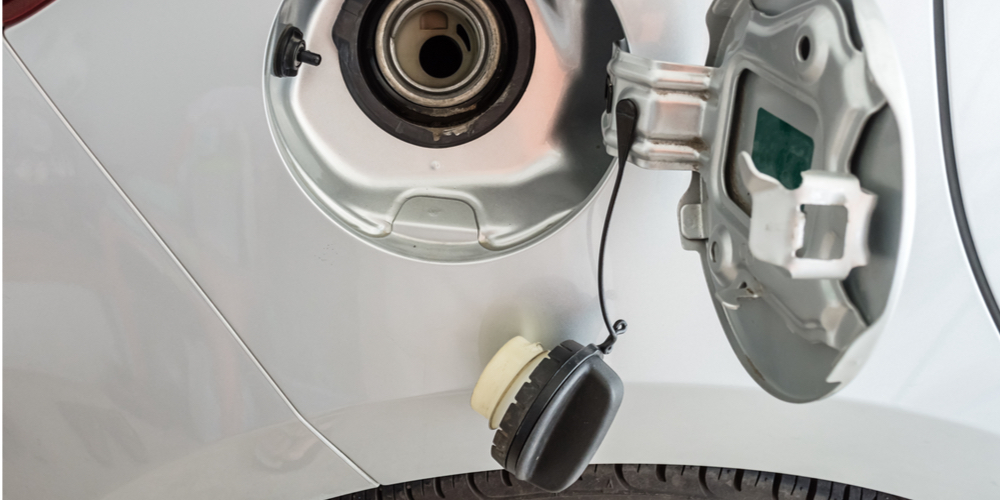
Most of the Honda CR-V “check fuel cap” causes are related to the gas cap. If it isn’t snugged down, it’ll cause the message. The first thing you should do is make sure the fuel cap is tight. If it’s not, you’ll need to tighten it until it clicks and drive a bit for the message to go away.
Gas Cap Issues
- Missing Fuel Cap– This often happens after a fill-up. With no fuel cap on, the message will populate right away. Replacing the fuel cap will clear the message.
- Loose Fuel Cap– When tightening a fuel cap, it needs to be snugged until there is a satisfying click. If that click is no longer being felt, it is time to replace it.
- Bad Fuel Cap– A rubber seal in the gas cap snugs against the fuel inlet. If this gasket has gone bad, fuel vapor can escape through the cracks, which causes the “Check Fuel Cap” light/warning message to appear.
EVAP Leak
Your fuel cap is part of your CR-V’s larger Evaporative Emissions Control (EVAP) System. There is a certain amount of pressure in the tank.
Your Honda’s computer will throw the “Check Fuel Cap” warning when it detects that the pressure has changed enough that there’s likely a gas cap leak. Otherwise, it would have thrown an EVAP-related trouble code (most likely P0457).
Diagnosing the Check Fuel Cap Message in the CRV
Examining the Fuel Cap
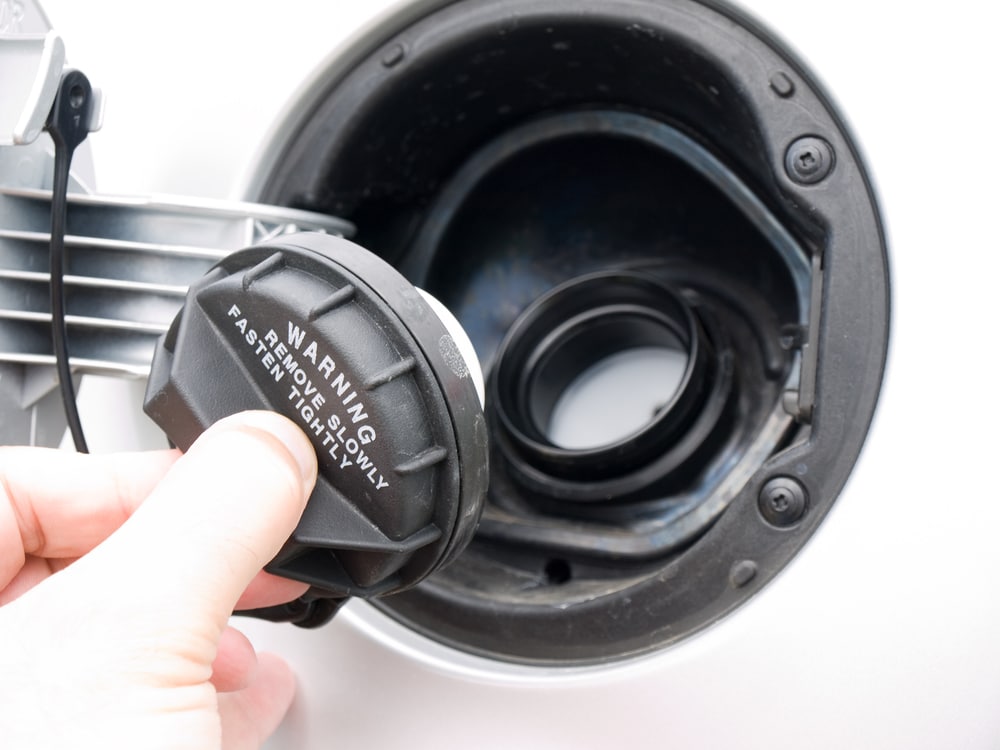
First up, let’s take a good look at your CR-V’s fuel cap. Is it damaged or loose? Does it seem like it’s not sealing right? These are the first signs of trouble. If you notice any of these issues, it’s time to get a new cap.
The Replacement Process
Now, when you replace or tighten the cap, don’t expect miracles right away. The warning light might not turn off immediately. Give it a couple of days. Here’s how you do it:
- Open the Fuel Door: Simple enough, right?
- Twist Off the Cap: Turn it to the left until it comes off from the nozzle.
- Put it Back On: Line up the threads just right and twist it to the right. Listen for that satisfying click. That’s when you know it’s secure.
Checking the Fuel Filler Neck and Tank
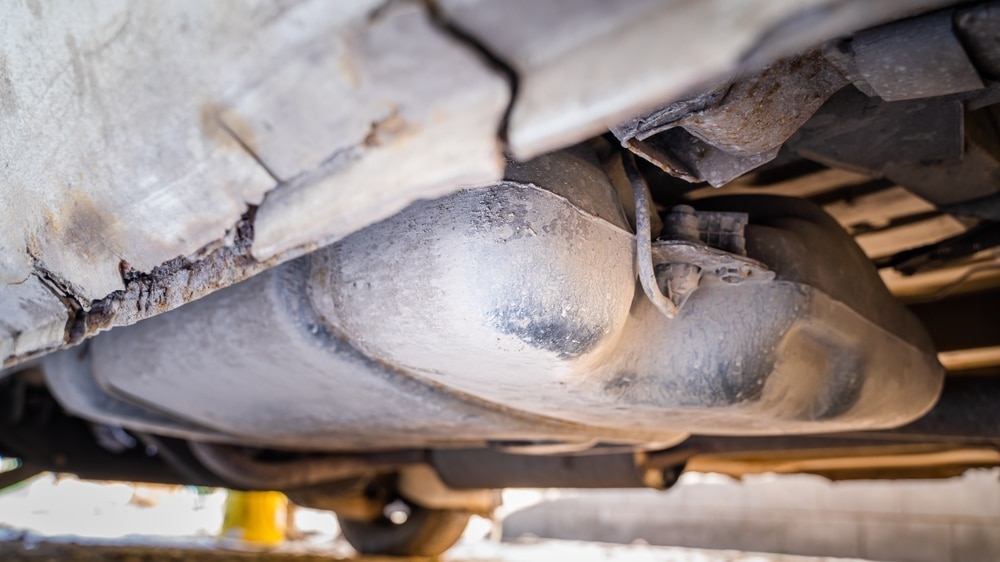
Next, we need to inspect the fuel filler neck. Look closely for any signs of damage or leaks. If you find any, that neck’s gotta be replaced. Can’t have leaks messing up your system.
Dealing with EVAP Codes
Finally, we get technical. We’ll use a scan tool to check the EVAP system, making sure everything’s venting as it should. If there’s a sneaky leak in there, we’ll find it with a smoke test.
This test shows exactly where the problem is.
So there you have it, a straightforward approach to diagnosing and fixing your CR-V’s fuel cap issues. Remember, if you’re not comfortable doing any of these steps, it’s always a good idea to take your car to a professional.
How Your Vehicle Knows to Turn on the Check Fuel Cap Warning
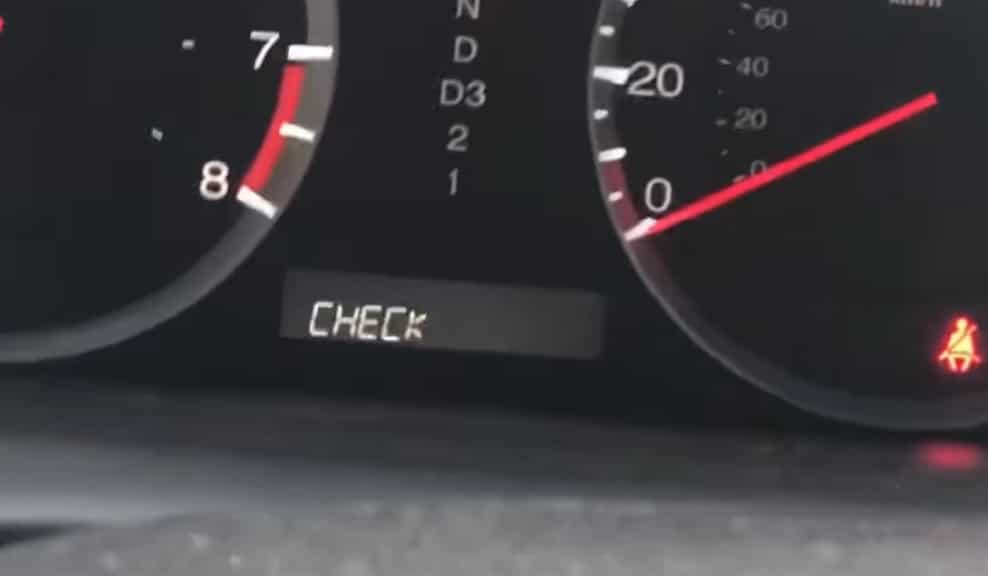
The check fuel cap indicator means the ECM detected a pressure leak in your CR-V’s fuel tank.
If this has happened to your Honda CR-V, put the cap back on somewhere safe. There is no immediate danger, and therefore no reason to pull off the road someplace dangerous to do this.
Common Questions
Q: Can I drive with the “check fuel cap” warning on?
A: Absolutely. It’s not a breakdown risk. Your CR-V will operate normally. The only minor issue might be a faint fuel smell, especially if your tank is full. But, don’t dilly-dally on getting it fixed. It’s best to address these things sooner rather than later for peace of mind.
Q: How do I get rid of the “check fuel cap” warning?
A: It’s pretty straightforward. Either replace the fuel cap or fix any EVAP system leaks. After you’ve done this, the warning should disappear.
Remember, the system might need a little time to recognize the fix, so don’t worry if the light doesn’t go off immediately.
Q: Is driving with a faulty gas cap safe?
A: Yes, it is. Your CR-V is designed with a safety feature – a flapper valve – that prevents fuel from spilling out, even if the cap is missing or not working properly.
So, while it’s better to drive with a functional gas cap, you’re not in immediate danger. However, it’s safer than stopping on the side of a busy road to check it. Just make sure you address the issue when you can. Safety first!
Conclusion: Honda CR-V “Check Fuel Cap”
Here’s the deal with gas caps – they’re not immortal. Like any other part, they wear out over time. Sure, some might last as long as your car, but that’s more the exception than the rule.
Now, if your CR-V starts nagging you with that “check fuel cap” warning, odds are it’s the cap playing up. It’s either gotten bad or just isn’t sitting tight. Occasionally, this warning might hint at an EVAP system leak, but that’s not as common.
The good news? This little alert won’t stop your CR-V from getting you around. It’s more of a heads-up than a red flag. Just remember, while it might not be urgent, it’s something you’ll want to fix to keep everything running smoothly.
